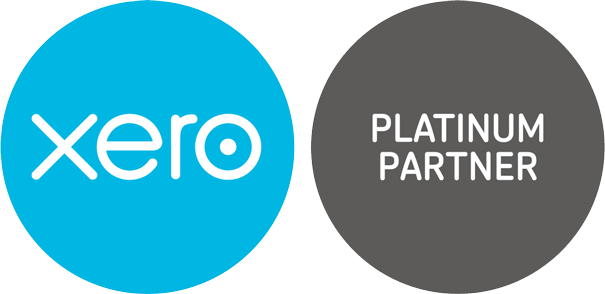News
What is the most tax-efficient salary choice for you after the Budget?
11 December 2024
Directors have the ability to draw income from a business in several ways, including through the extraction of profits from the business, which can create significant opportunities to manage tax liabilities.
Key tax rates and allowances for 2025/26
Here is what directors in England, Wales, and Northern Ireland need to keep in mind for the new tax year starting 6 April 2025:
- Personal Allowance: Stays frozen at £12,570 until April 2028.
- Dividend Allowance: Remains at £500, so anything above this will be taxed.
- Basic Rate Threshold: Frozen at £50,270.
- Additional Rate Threshold: Frozen at £125,140.
These frozen thresholds require you to plan strategically to make the most of your allowances and minimise tax liabilities.
Why you should consider combining salary and dividends
A combination of a small salary and dividends can be one of the most tax-efficient ways for directors to draw income, reducing tax and National Insurance liabilities.
A salary lowers your company’s taxable profits, while dividends are not liable for National Insurance Contributions (NICs), making them cost-effective.
Paying a salary above the NIC threshold also ensures your contributions count towards the state pension, helping with long-term financial planning.
However, one important thing to remember is that dividends can only be paid if your company is profitable. If the company has a poor year, you may be limited to drawing just a salary, which could impact your financial stability.
How to structure your income for 2025/26
The two most common approaches for directors, depending on whether you qualify for the National Insurance Employment Allowance (NIEA), are as follows:
Option 1
If you are the only employee in your company, you likely will not qualify for the NIEA, which covers employer NICs for eligible businesses. In this case, keeping your salary low can be more tax-efficient.
- Salary: £5,000 per year
- Dividends: Up to £45,270 without exceeding the basic tax rate band.
The first £7,570 of dividends (after your £5,000 salary) is covered by your personal allowance and an additional £500 of dividends falls under the dividend allowance.
The remaining £37,200 is taxed at 8.75 per cent, resulting in a total tax bill of £3,255.
Option 2:
If your business has additional employees, such as a family member helping out, you may qualify for the NIEA, which increases to £10,500 from April 2025.
This allows you to pay yourself a higher salary while still being tax-efficient.
- Salary: £12,570 per year
- Dividends: Up to £37,700, staying within the basic rate band.
This can be a favourable option as the tax on dividends remains the same as in option 1, and because by paying a higher salary, you will reduce your company’s Corporation Tax liability.
At a 25 per cent Corporation Tax rate, the additional salary could result in tax savings of around £1,800 or more.
Choosing the best option
The best approach depends on your company’s setup and your financial goals, as there is no one-size-fits-all solution.
A lower salary typically suits sole directors who want to keep things simple, while a higher salary benefits those eligible for the NIEA by offering additional corporation tax savings.
Speak with our expert accountants to review your circumstances and tailor a strategy that works best for you.
Case Studies
-

Smiles all round for dental practice
-

Sometimes a business does exactly as it says on the tin
-
Child's play with proactive accounts management
-

A shared passion for architecture and a head for numbers
-

Taxing demands with old school charm
-

Cut above the rest in personal management style
-

Customer care is top of the list for packaging business
-

A taste for growth, a thirst for knowledge
-

A modern approach required for music moguls


